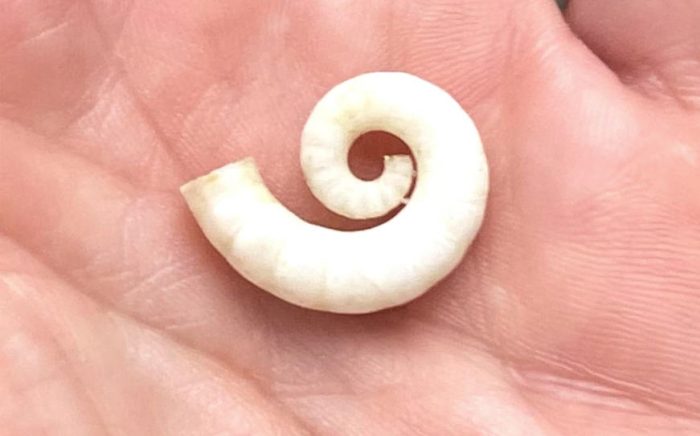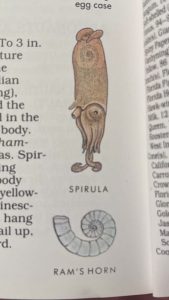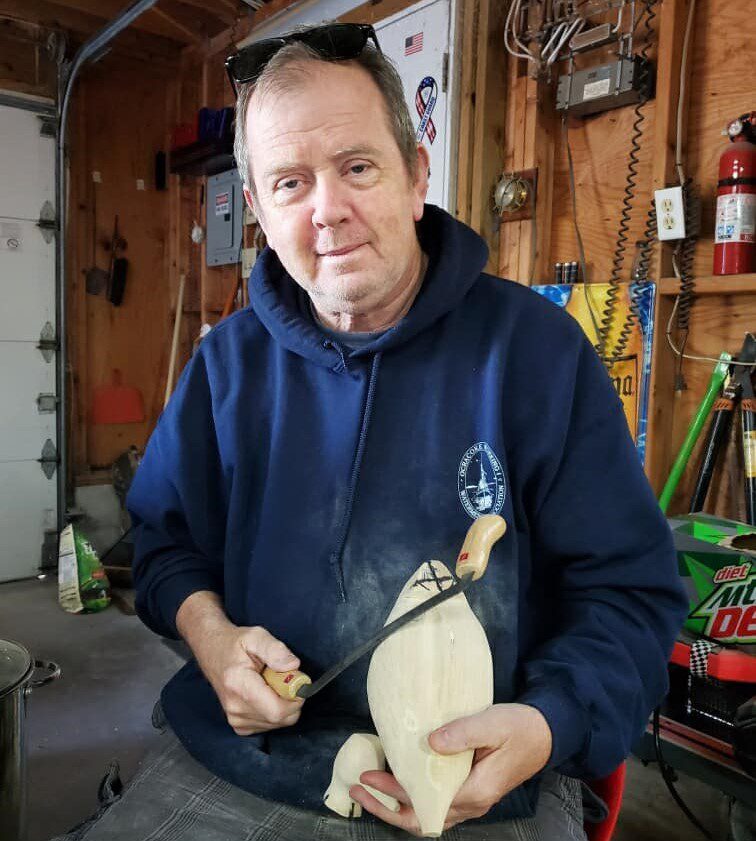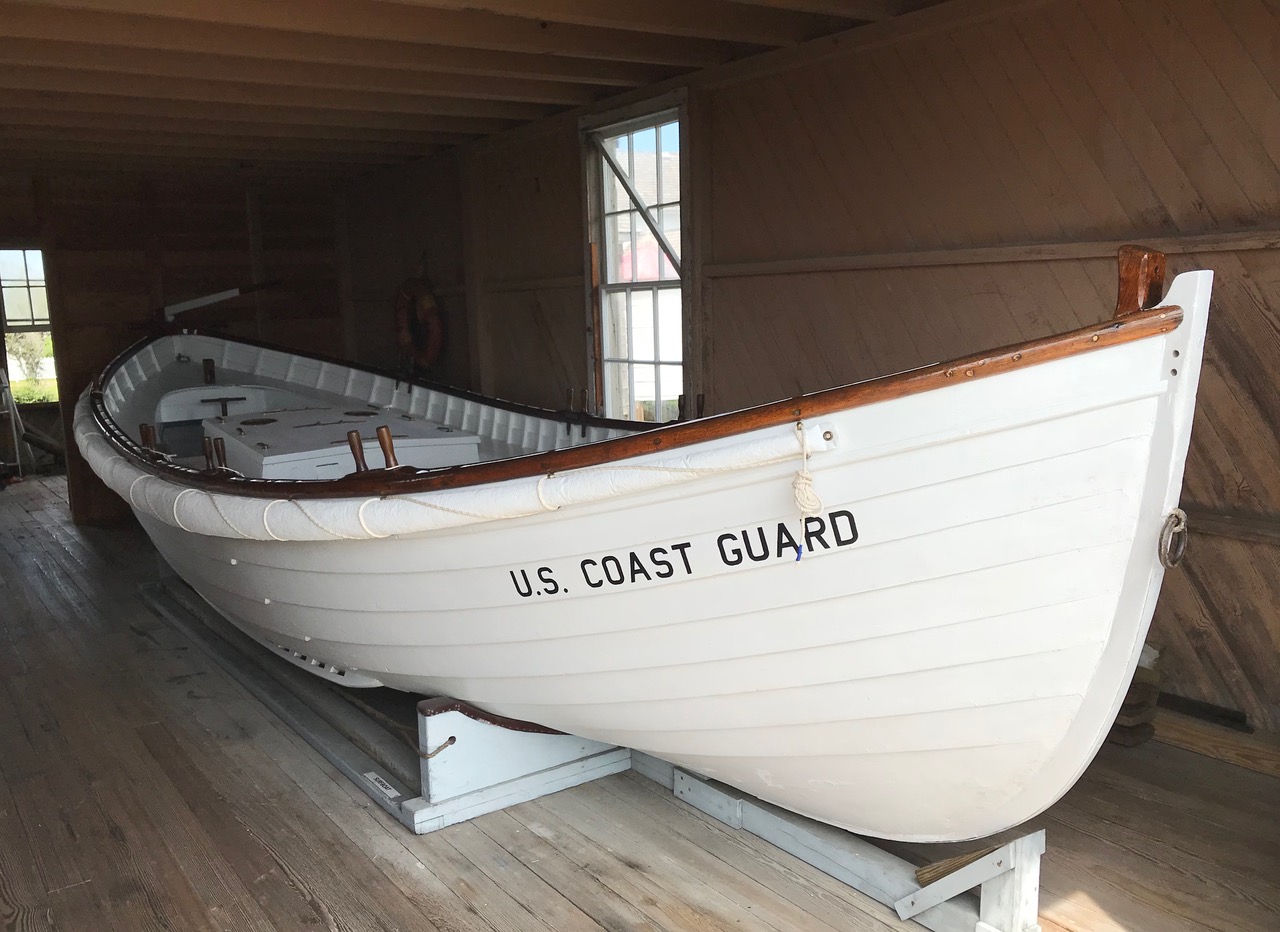A Beachcomber’s View: The Ram’s Horn

Many people’s first question to me when they discover I’m a beachcomber is about how and where I find all the treasures I find.
Honestly, I’ve said it once and I’ll say it again – I don’t know. I wish I did. I wish that every day I could wake up and find the beach filled with the most magical, beautiful treasures imaginable, but then again. that would take away the one element of beachcombing that fuels the fire, and that is the thrill of it. Exploring a new place on my own, looking for the unknown in a vastness of known, and going a little outside my comfort zone of the everyday life are all aspects of beachcombing that are built into never knowing what you’re going to find.
So many of my “cool” finds come from life’s unknown moments, like the time I found over twenty ram’s horns.
I was out casually walking with my friend on the beach, so I didn’t have my backpack or any beachcombing gear it was just me and my friend. I did have a bag for trash, of course, but that’s all. My friend and I were walking for about 30-45 minutes, enjoying the bright sunny day and good conversation, when we stumbled upon a pile of ram’s horn shells.
Up until this point, I had only read about the rarity of these shells and didn’t know much about them other than they looked super cool. My friend is not as much of a shell enthusiast as I am, so she let me keep them all. I carefully managed to get most of them back to the car, which was over a mile away, without breaking them, and I put them safely into my special shell box where they have been ever since.

A few weeks ago, I was staying in a beach house down in Hatteras with family and friends and that house had a shell book that I did not know about, so I immediately read the entire thing on the very first day of our vacation and ordered one for myself. (I highly recommend Peterson: First Guide to Shells of North America by Jackie Leatherbury Douglass and illustrated by John Douglass for any shell lover.)
On the last page of this very informative book, the very last image is of a Ram’s Horn. This fascinating little shell belongs to the spirula squid which lives in deep waters. Little is known about the spirula, like a lot of shell life, but what we do know is incredible.
The ram’s horn shell is a pearly-colored shell which is made up of chambers that regulate the spirula squid’s buoyancy through osmosis and is shaped exactly like a horn from a ram. The spirula squid can live in depths of 1,000 meters or more and is usually in the deep areas of the sea during the day before swimming to more shallow depths at night. One reason they may do this is because they prefer water temperatures to be around 37 degrees Fahrenheit.
It’s possible that if a spirula or group of spirulas come up at night to warm temperature waters, and a violent storm hits, it may cause them to wash ashore. This may be how I was able to find so many ram’s horn shells at one time on the shores of Hatteras Island. I imagine the seagulls and other predators ate their carcasses, leaving behind the beautiful ram’s horn shell, and because they are so lightweight and the chambers make them float, the wind from the storm was able to wash them ashore for me to discover.
The spirula squid also has a very cool feature where it can emit light from another organ in its tiny body making it, for me, one of the coolest animals on Earth! It simply blows my mind that such a tiny creature can produce light in the depths of the ocean.
So, the next time you feel like going beachcombing to find “treasures” and you don’t know where to go, I suggest closing your eyes, point to a place on a map of the Outer Banks, and just go! You never know what’s washed up and waiting to be discovered.
About the Author: Kristin Hissong is a North Carolina native, a UNC Charlotte graduate, an Outer Banks resident of nearly 20 years, and a dedicated, “professional beachcomber.” She has spent more than 20,000 hours walking on both our local shores and shorelines around the Eastern Seaboard, and has collected thousands upon thousands of items from the Atlantic Ocean.
For the past decades or so, she has been beachcombing on Hatteras and Ocracoke Islands every day, collecting both treasures and trash on her routine expeditions. From typewriters to coffee makers, fishing rods to recliners, if you name it, there’s a good chance she has seen it washed up, and has hauled it back to her collection, or to the closest dumpster.















